FAMOUS FACES WHO VISITED BUSHY PARK’S WARTIME CAMP
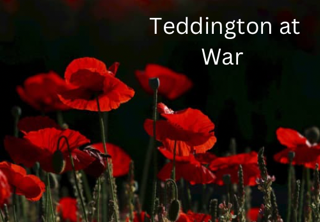
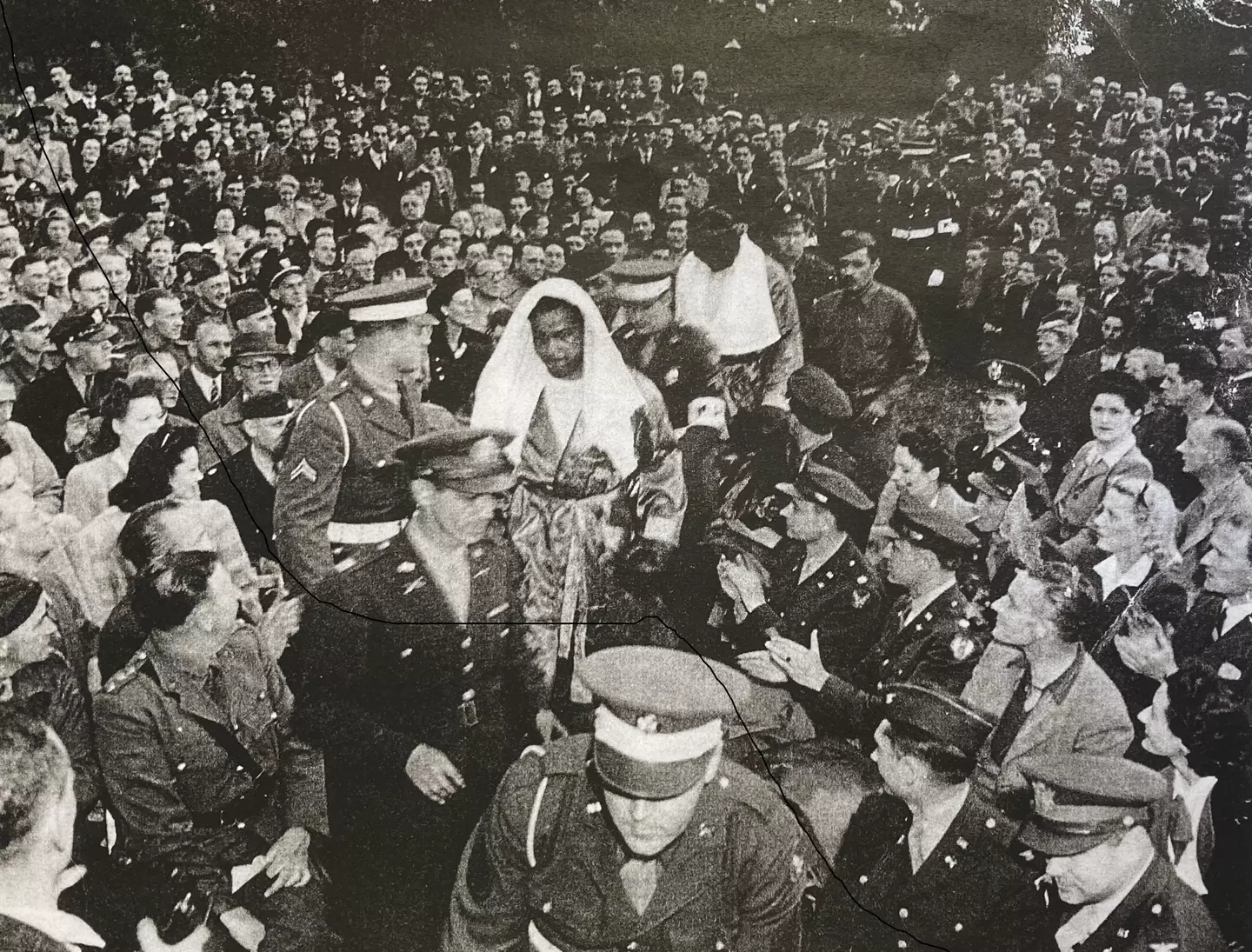
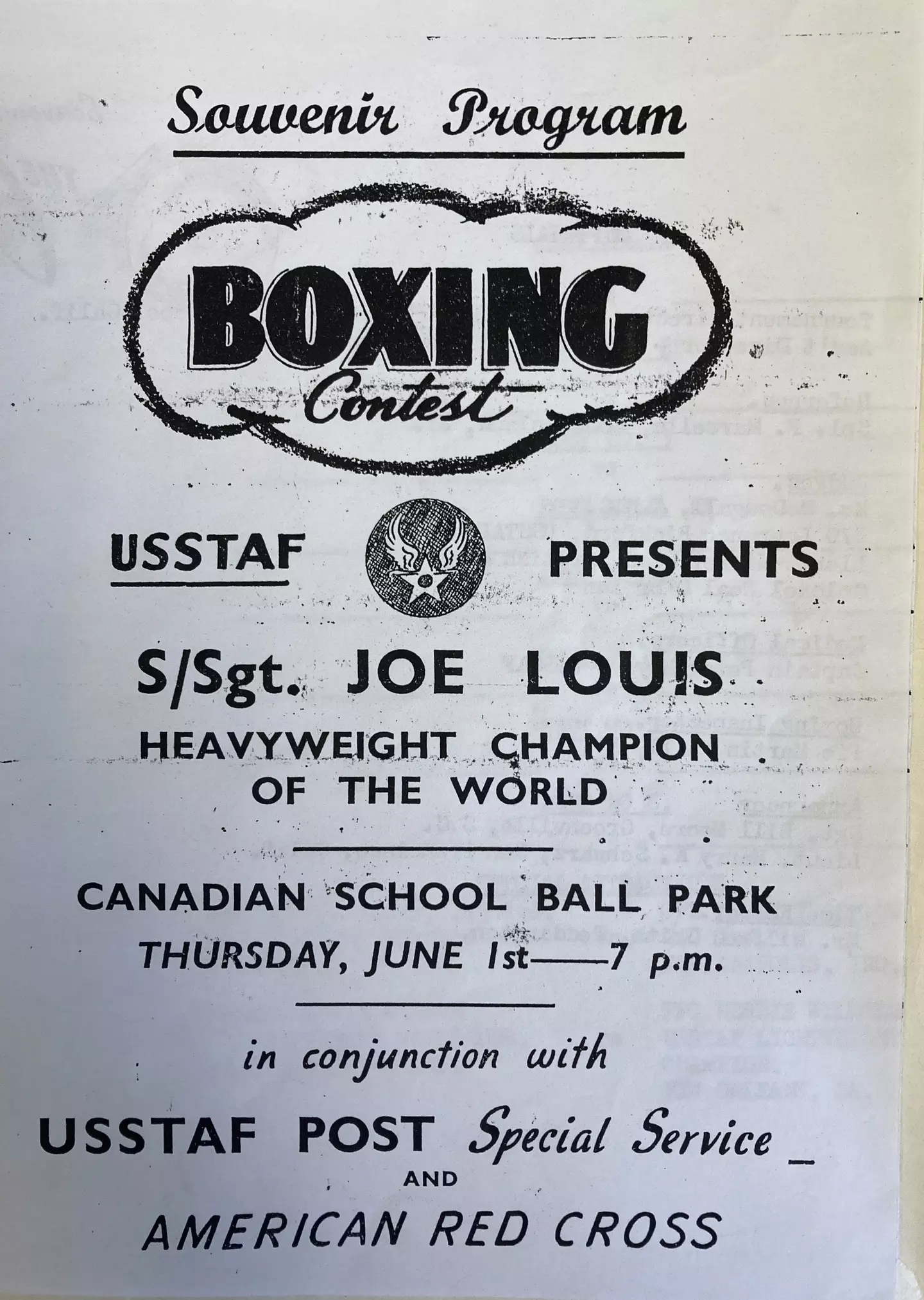
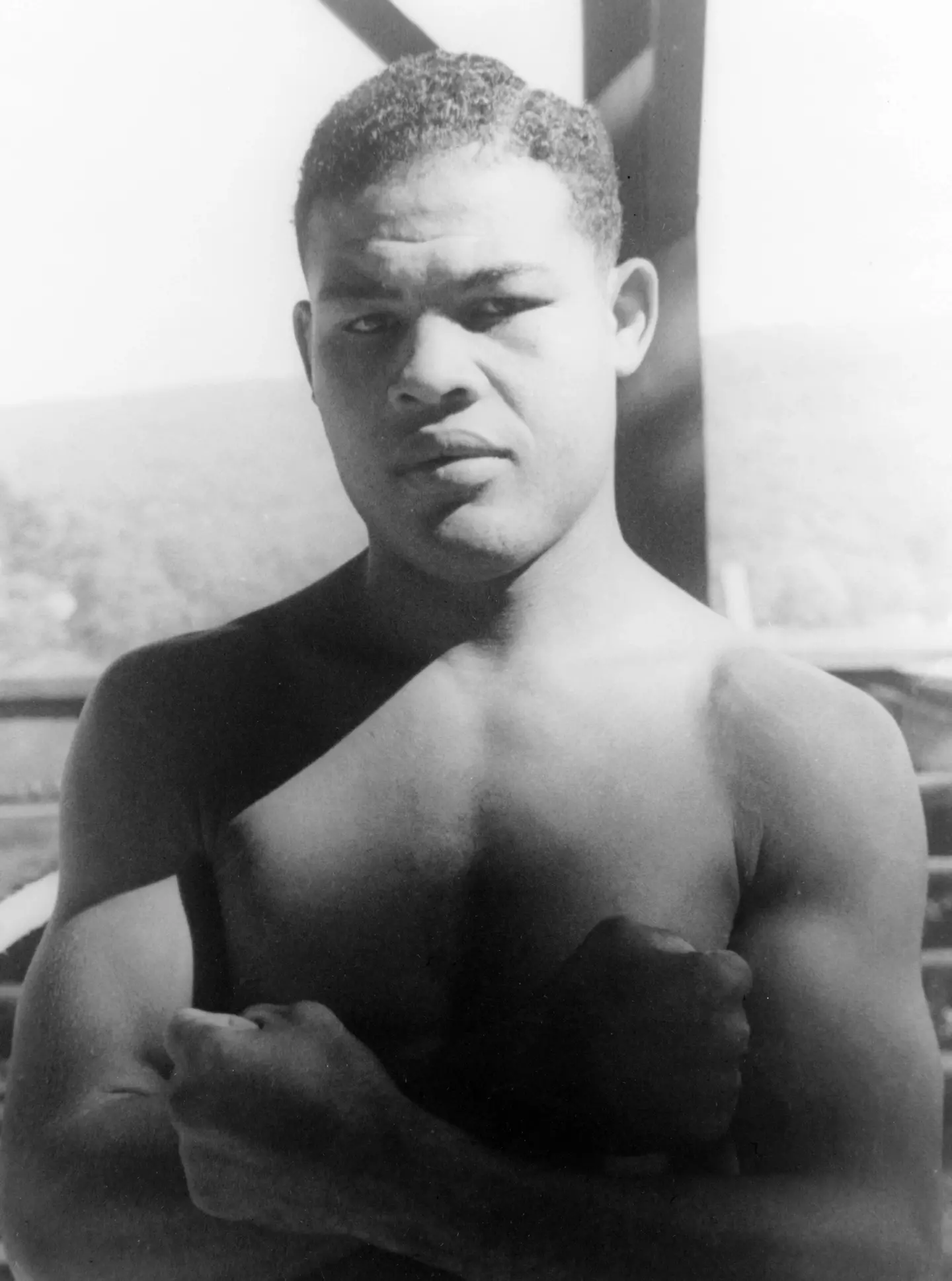
JOE LOUIS is recognised as one of the greatest heavyweight fighters that ever lived and the ‘Brown Bomber’ as he was affectionately known was the star attraction at Bushy Park during its time as a US military air force camp known as Camp Griffiss in the build up to D-Day in 1944.
Even Muhammad Ali called him ‘the greatest heavyweight fighter ever’. Joe was a trailblazer who fought against discrimination both in the ring ands outside the ring winning massive support from both black and white boxing fans.
He was also a big supporter of the Armed Forces, which brought him to leafy Teddington – a world away from his home in Chicago and his other famous boxing venues like New York’s Madison Square Garden – for what is is now known as a morale-boosting trip for the troops.
Nicknamed the ‘Brown Bomber,’ Joe was a trailblazer who fought discrimination both in the ring and outside of it.
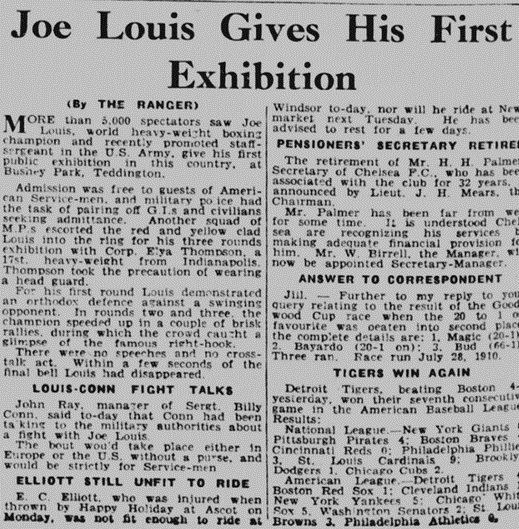
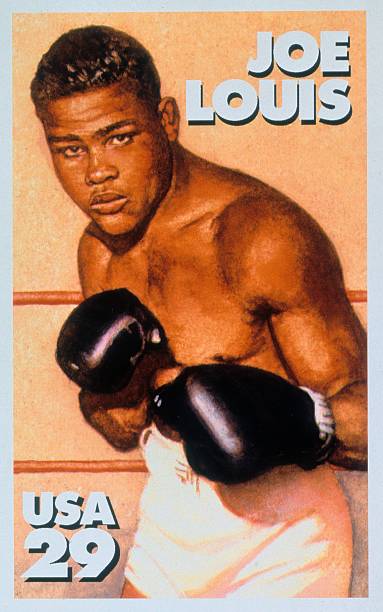
Today, he is remembered as one of the first black sportsmen to transcend the colour barrier in a divided America, gaining acclaim from black and white audiences alike.
During the Second World War, on 1st June 1944 just five days before the launch of D-Day, which had been meticulously planned at the Bushy Park base – Joe made a very special appearance. This was an event that locals would remember for decades to come…
In 1942, Camp Griffiss had been established at Bushy Park. It was home to almost 8,000 American troops. In 1944, General Eisenhower moved the Supreme Headquarters of the Allied Expeditionary Forces (SHAEF) to the Camp Griffiss.
There were three other American boxers at the exhibition match, but Joe was the big draw.
The officials and referees were largely made up of American troops, but a Lieutenant from the British Army served as one of the Judges and a local man, Mr. Wilfred Smith of Teddington, served as timekeeper.
A copy of the programme includes a brief biography of Joe.
This reads: “Since being in the Army, Joe Louis has been giving exhibition boxing for the benefit of his buddies stationed in camps in the U.S and U.K. While Joe has been built up as a champion of the ring, he is like any other GI sweating it out until he can get back home to his wife and baby girl in the good old U.S.A!”
One report said: “Joe Louis looked good when he boxed yesterday evening before a crowd of about 7000 at Bushy Park. British Tommies, Air Force men, Canadians, plenty of American soldiers and at least 5,000 civilians were present. Louis boxed three rounds with Elzar Thompson.’
British Private Joan Songhurst (nee Heyburn) was stationed at the park during the war, where she worked in the orderly room organising events and entertainments for the American troops.
Recalling the day of Joe Louis’ visit, she later said: “The day Joe Louis put on a boxing bout, we were allowed to take one visitor. My friend and I took two dear old grand-dads waiting hopefully at the gates. We got some funny looks from the Yanks, but it really made the old chaps’ day. They were delighted.'”
Many of the servicemen and women stationed in the park would later look back and remember this visit from the world champion as a standout event of their time at Camp Griffiss.
Rather than seeing active service, Joe was sent on a tour of army camps to entertain and inspire American troops. In this capacity he would eventually travel 21,000 miles staging 96 boxing exhibitions in front of two million soldiers.
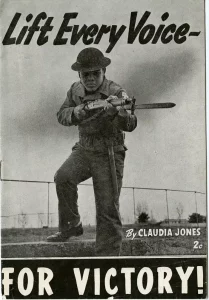
When Joe Louis died of cardiac arrest, aged 67, in 1981, President Ronald Regan organised for him to be buried at Arlington National Cemetery with full military honours.
Amazingly, other guests who visited Bushy Park included Clark Gable, David Niven, Bob Hope, Fred Astair, Marlene Dietrich, Dorothy Lamour, Glenn Miller and his orchestra and the Modernaires.
(With thanks to the Royal Parks and The Friends of Bushy and Home Parks, The Royal Parks Guild and local historian David Ivison)
YOU CAN SUPPORT THE ROYAL BRITISH LEGION AND THE POPPY APPEAL HERE https://www.britishlegion.org.uk/get-involved/ways-to-give/donate?gad_source=1&gclid=EAIaIQobChMIksLv-fO0ggMVkolQBh2pFA3MEAAYASABEgKsyPD_BwE&gclsrc=aw.ds
IF YOU HAVE A STORY ABOUT WARTIME TEDDINGTON OR ANY GREAT PHOTOS PLEASE contact@teddingtontown.co.uk)


